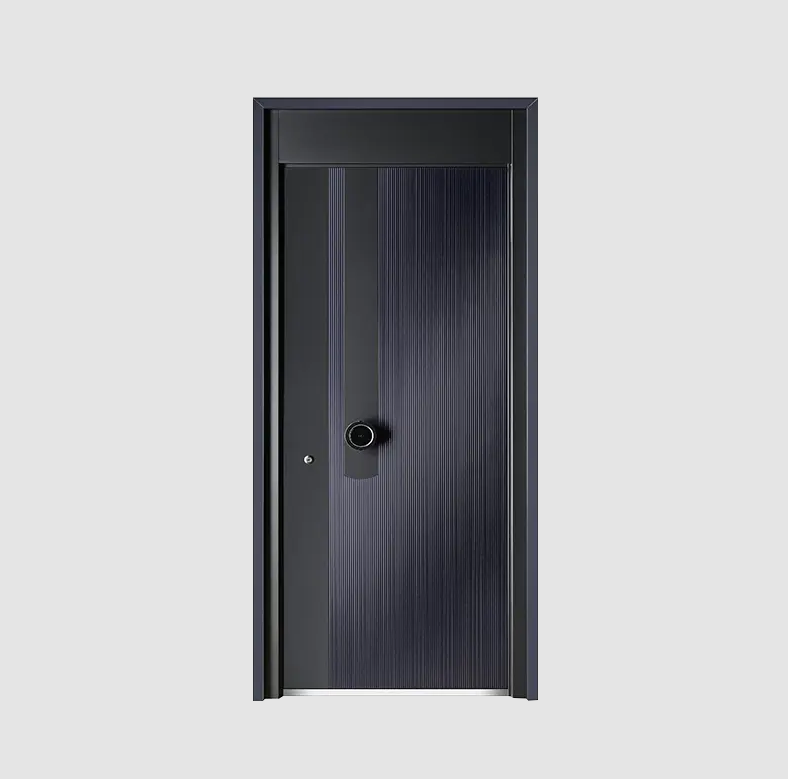Technological Innovations in Pre-engineered Buildings
The construction sector in India is increasingly aligning itself with sustainability, and pre-engineered buildings (PEBs) are proving to be a powerful enabler of this green transformation. With rising concerns about environmental degradation and energy consumption, India is embracing modern construction methods that balance growth with ecological responsibility. PEBs, by design, are resource-efficient, recyclable, and energy-conscious, making them a natural fit for India’s sustainable development goals.
One of the key green benefits of PEBs is the efficient use of steel. These structures rely on high-strength steel that is not only durable but also recyclable. This reduces the demand for virgin raw materials and minimizes waste generation. Furthermore, since components are fabricated in factories with advanced machinery, there is minimal material wastage compared to conventional construction practices. For a country like India, where resource conservation is becoming increasingly vital, PEBs offer a path toward responsible construction.
Energy efficiency is another significant advantage. PEBs can be designed to incorporate insulation materials, natural lighting systems, and ventilation solutions that reduce dependence on artificial heating, cooling, and lighting. Warehouses and manufacturing units built with PEB technology often have skylights, ridge ventilators, and energy-efficient panels that optimize indoor conditions. By reducing energy consumption, these buildings lower operational costs and contribute to India’s push for sustainable infrastructure.
Water conservation also finds a place in the PEB framework. Many developers integrate rainwater harvesting systems and water recycling units into their designs. The light steel structure makes it easier to install such systems without major structural modifications. In addition, PEBs reduce on-site water usage during construction, which is a critical factor in India’s water-stressed regions.
Another sustainable advantage of PEBs is their adaptability for renewable energy systems. Solar panels can be seamlessly integrated into rooftops, enabling companies to reduce dependency on conventional power grids. In industrial parks and logistics hubs, this approach not only lowers costs but also supports India’s renewable energy targets.
Beyond resource efficiency, PEBs contribute to reducing pollution. Since the majority of fabrication is completed off-site, there is less dust, noise, and air pollution at construction sites. This improves environmental conditions in urban areas where construction-related disturbances often affect surrounding communities.
India’s focus on green certification systems such as GRIHA and LEED further boosts the adoption of PEBs. These structures often meet the criteria for certification, allowing developers to gain recognition for their commitment to sustainability. Corporate houses and multinational companies in India increasingly prefer PEBs for their new facilities to showcase alignment with global environmental standards.
Despite these advantages, some challenges remain. Awareness about the sustainability benefits of PEBs is still limited among small-scale developers. Moreover, initial design integration for energy-efficient features may require higher expertise. However, as the demand for green buildings grows, architects and engineers are increasingly embracing PEB solutions.
In conclusion, pre-engineered buildings market size represent a sustainable construction method that supports India’s environmental goals without compromising on efficiency or durability. Their eco-friendly features, energy savings, and reduced carbon footprint make them an essential element of India’s journey toward sustainable urbanization. As awareness grows, PEBs are set to play a central role in shaping India’s green construction future.




